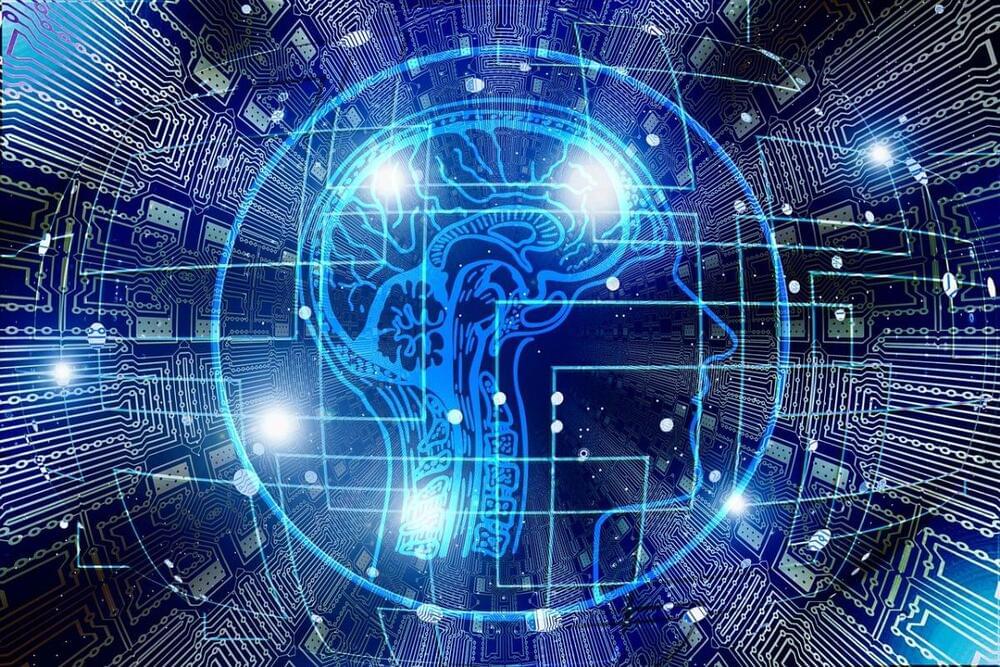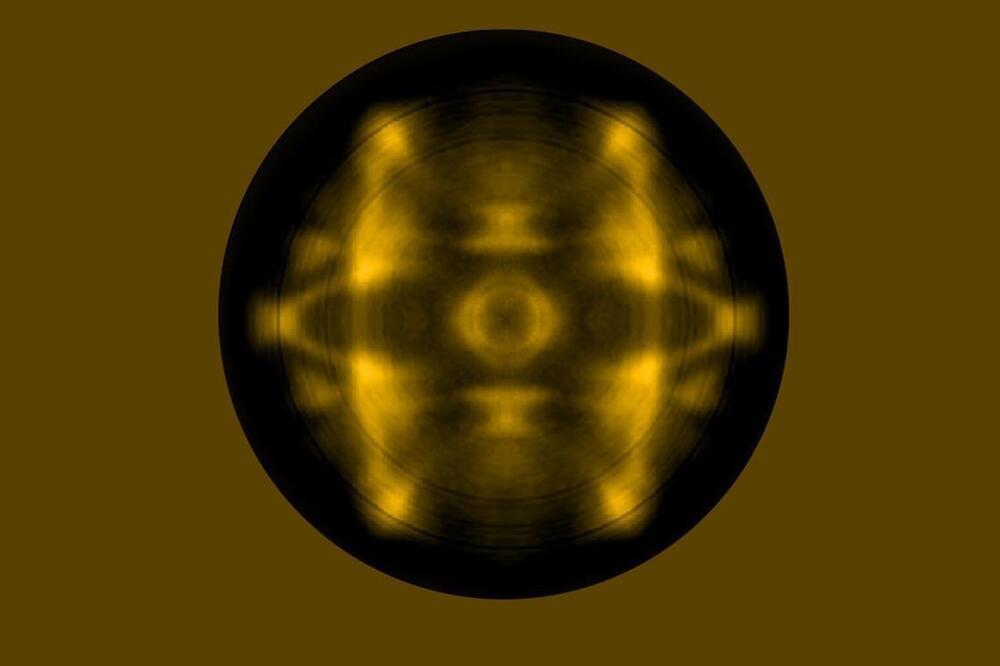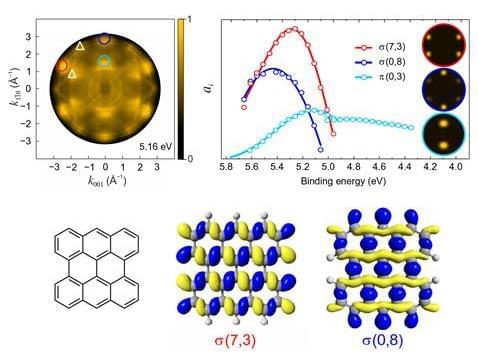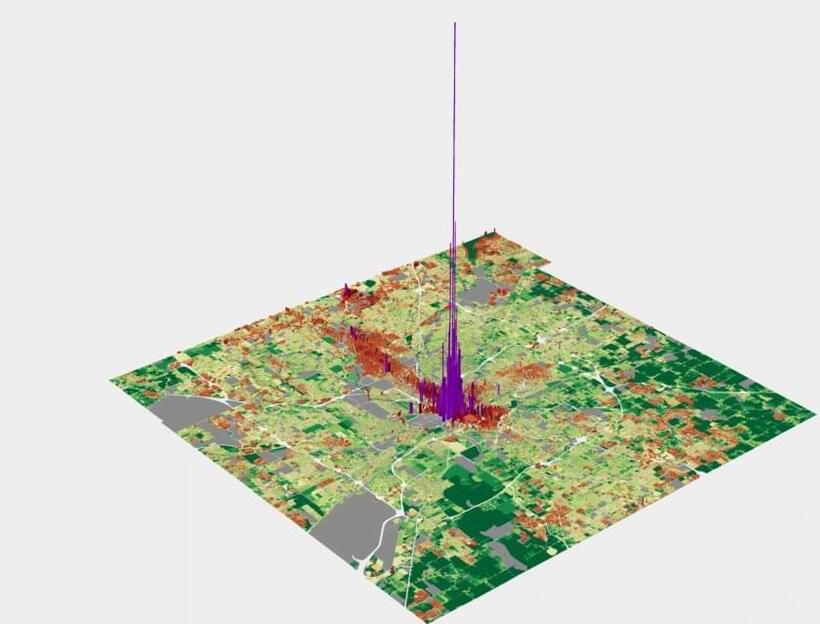Aug 3, 2022
MIT scientists create color-shifting films inspired by 19th-century holography
Posted by Jose Ruben Rodriguez Fuentes in categories: materials, physics
Potential applications include pressure-monitoring bandages, shade-shifting fabrics.
The bright iridescent colors in butterfly wings or beetle shells don’t come from any pigment molecules but from how the wings are structured—a naturally occurring example of what physicists call photonic crystals. Scientists can make their own structural colored materials in the lab, but it can be challenging to scale up the process for commercial applications without sacrificing optical precision.



















